Without doubt, you can’t swing a dead cat these days without hitting into some sort of hysteria about the COVID-19 “Coronavirus.” It has — even in its infancy — invaded almost all aspects of our life.
Along the entire spectrum of life, from the ever-hungry news channels to Judge Judy, you’ll find some sort of reference or hyperbolic experts on the topic. We, as car people, are not immune, nor is the entire automotive sector. I suspect that based on how its effects have manifested over the past six weeks, we’ve only seen the first of many changes.
Some of the things I’m going to write about here are quite “inside baseball” and don’t directly affect the general population or automotive consumers, but have the potential of affecting fans in myriad ways.
The first real wrinkle we, as automotive journalists, felt was the cancellation of the Beijing Motor Show. No one really found that surprising or upsetting, especially if they live in Topeka and the closest they’ll get to a Chinese auto show is if they see a newspaper while picking up their take-out order of Moo Shoo pork. However, it was an interruption for those of us who travel the circuit of automotive events to share the latest news and reviews with that same person in Topeka who’s an avid lover of all things with wheels.
The Butterfly Effect of that cancellation got all of us talking among ourselves about other shows, and the outbreak spread to northern Italy piqued our interest most, as Milan is just a few (and rather beautiful) hour drive to Geneva, where one of the world’s truly great motor exhibitions is annually staged. At this point, the general media, now bored with more mundane means of feeding its news-cycle monsters, had fully invested in Coronavirus as both exciting and able to drive new viewers by scaring them. They’re quite good at their jobs, you know.
“Think they might pull the plug on Geneva?” was the question that had journo’s phones exploding.
Editor’s note: Geneva was canceled, leaving the automakers to unveil their cars primarily via live webcasts from their own home offices around the world. This is the first of two photo galleries showing some of those vehicles:
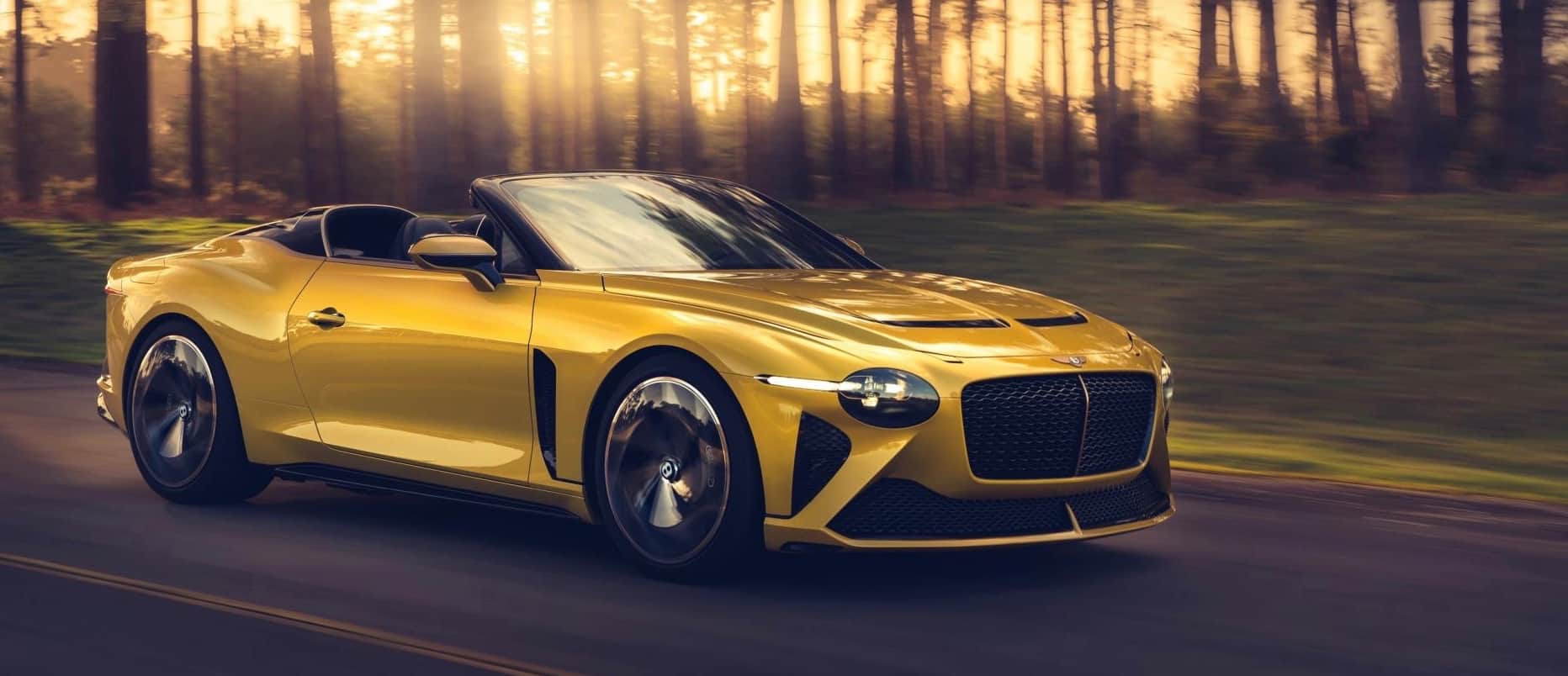
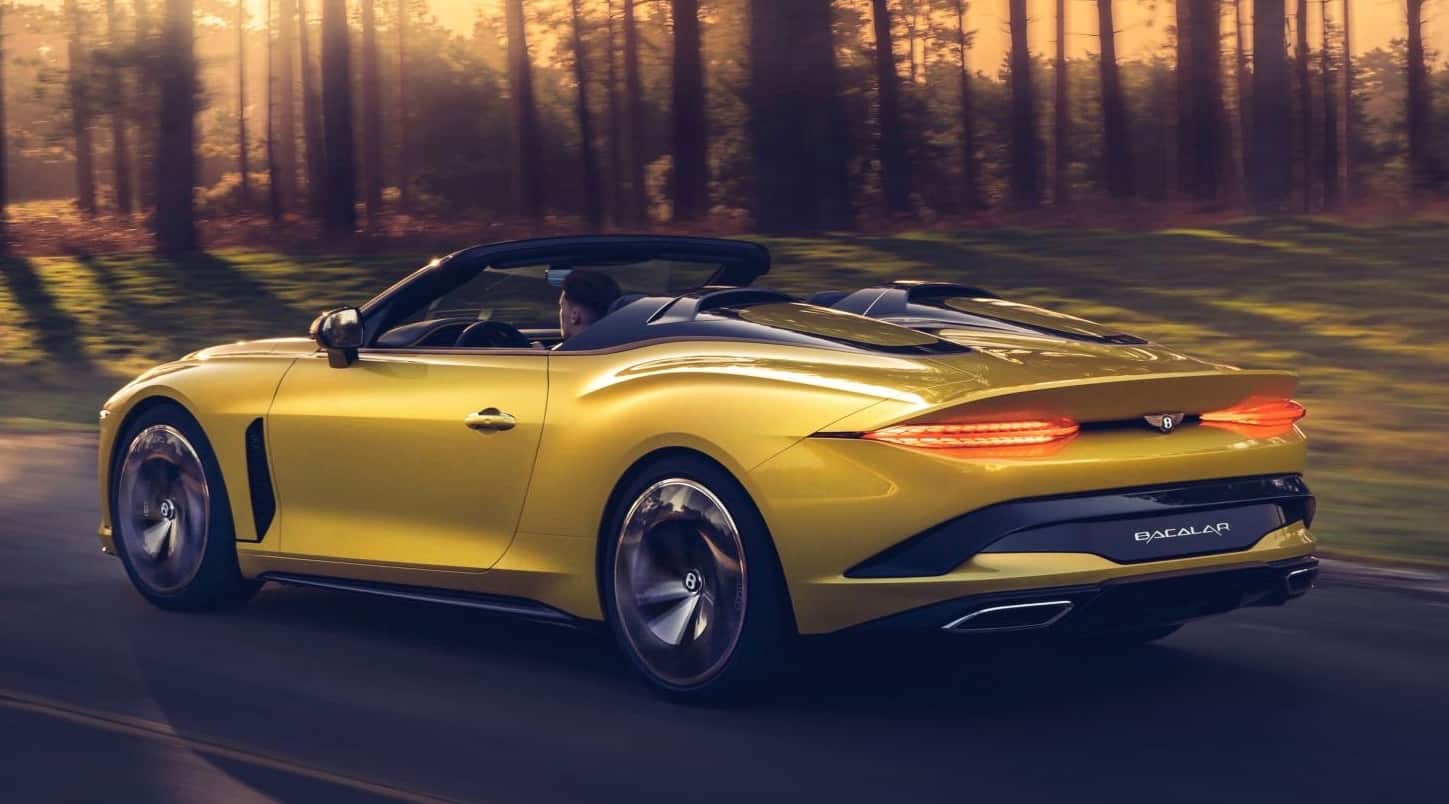

Fiat New 500 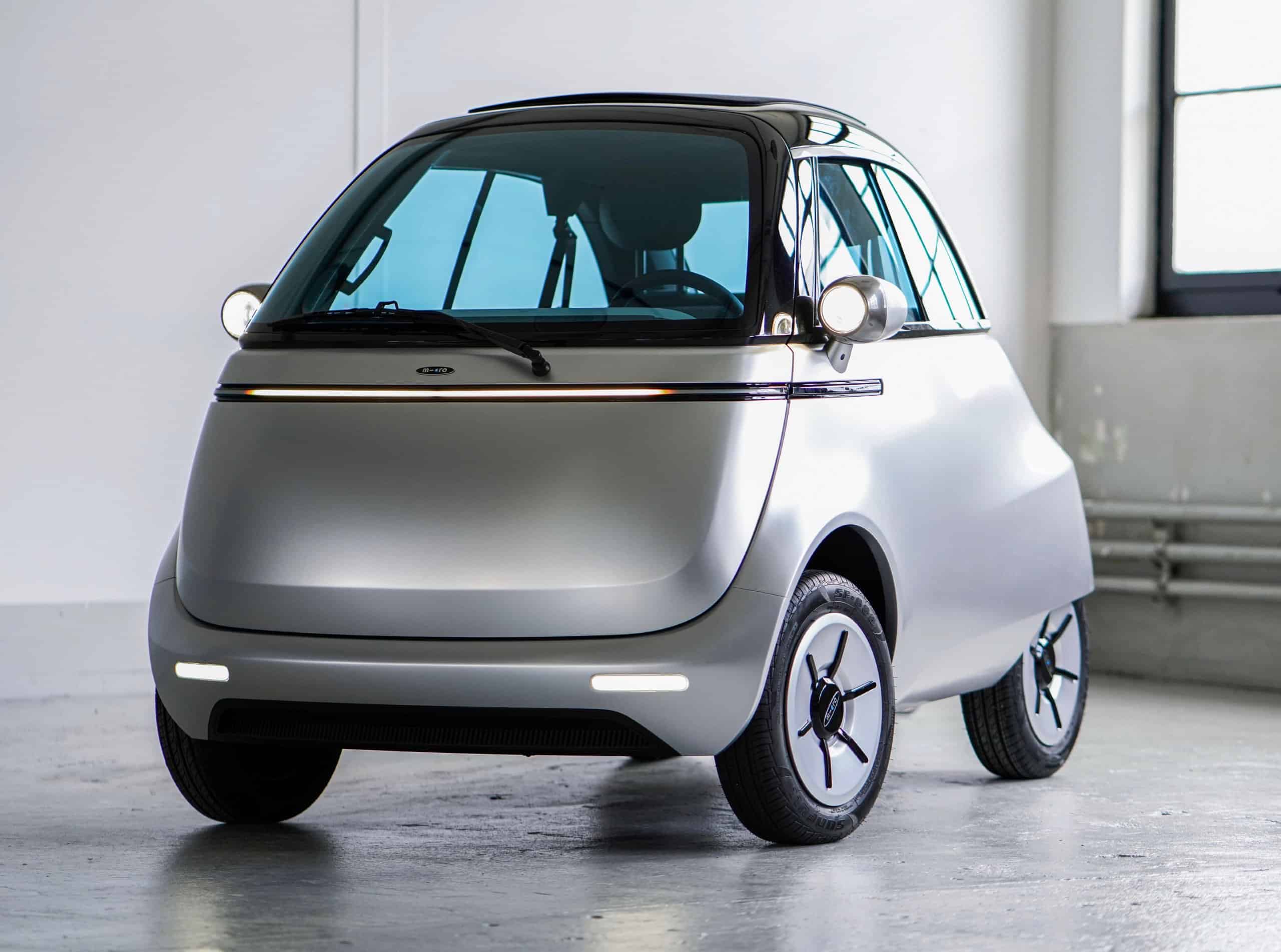
Microlino 2.0 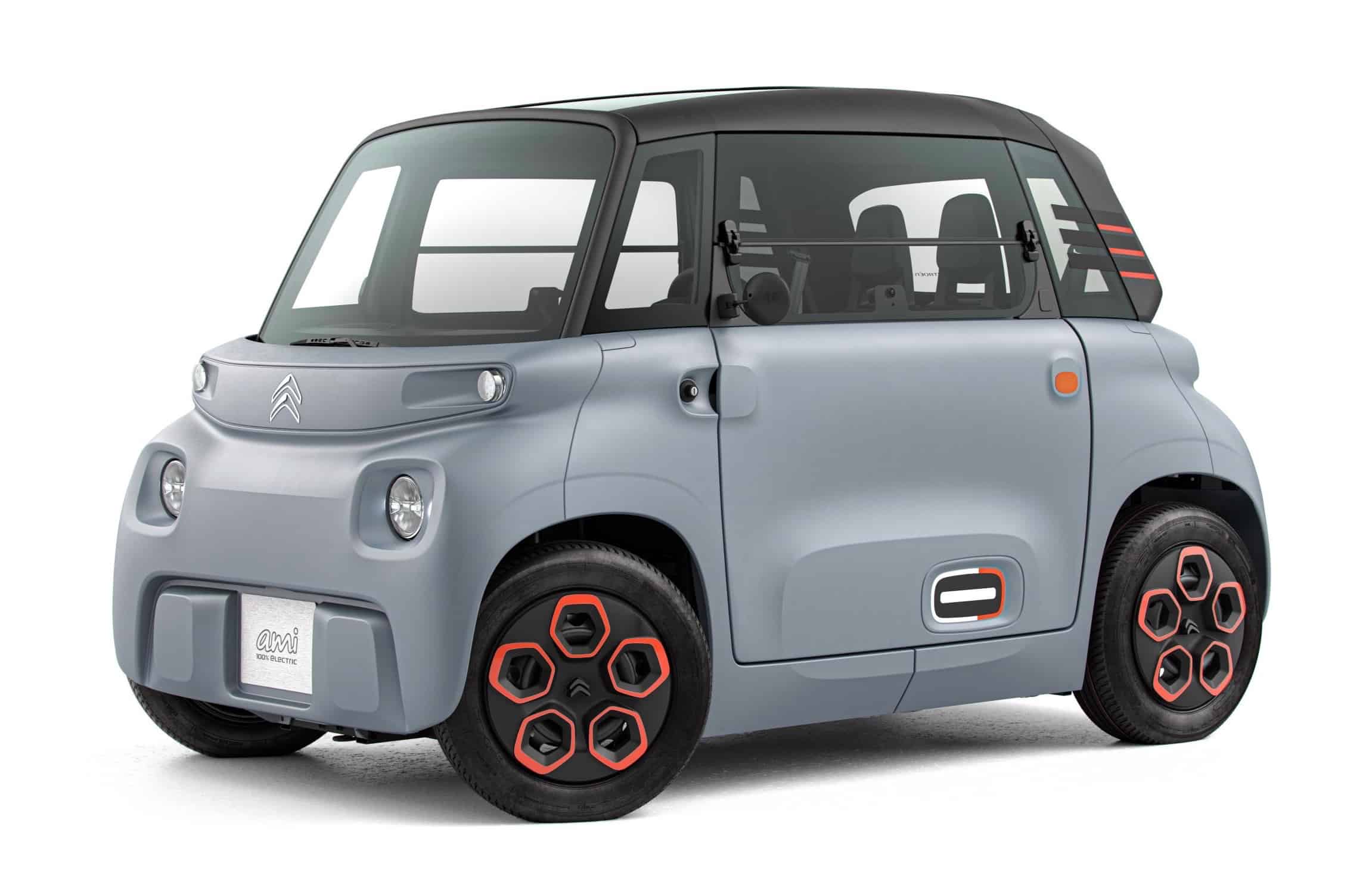
Citroen AMI urban electric
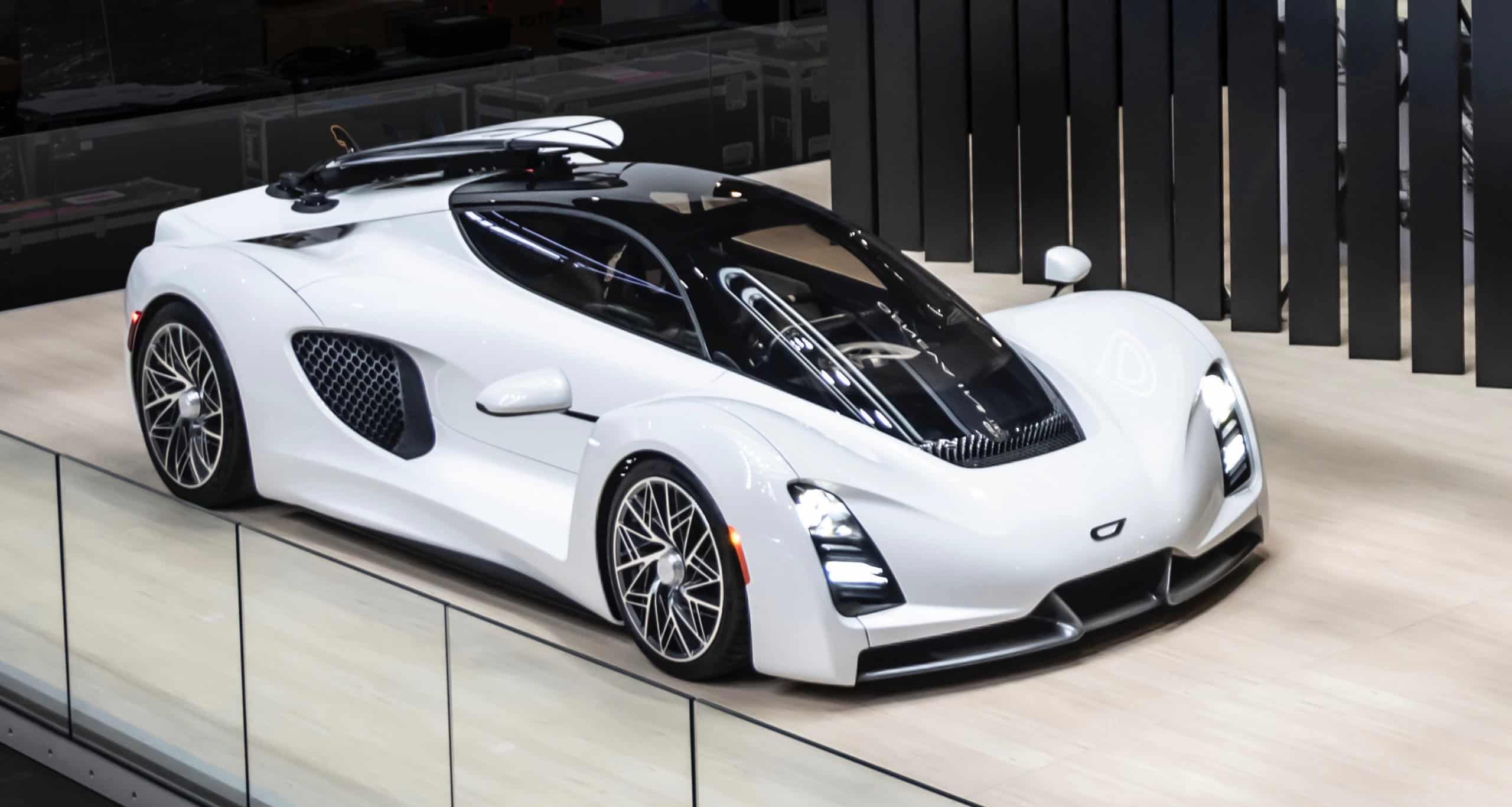

Koenigsegg Gemera (4-seat supercar sedan) 
Pininfarina Battista Anniversario

The show’s organizers, at first, said they were going to press forward with the expo, but gave themselves an out by stating they would closely monitor the situation and act accordingly and in the best interests of the public.
Geneva is one of the “beauty contest” shows where many of the automotive design houses pull the curtain back on some of their wildest offerings, many of which looked like the designers were up simply way too late with the Bolivian marching powder. But more reserved-in-design, yet important-from-a-business-standpoint offerings from global auto makers also unveil significant production models.
As it turns out, the Swiss government made the decision, banning gatherings of more than 1,000 people. But the money to move into the Palexpo center was already spent — and now lost.
As a veteran of nearly 20 years in the management team of the Chicago Auto Show, I can tell you that shows have traditionally served as an important means of connecting with the public. I can further tell you they’re expensive. Very expensive.
Since 1949, when shows made their return after the WWII pause, they’ve not only offered the public a means of seeing what’s new, but also connecting with automotive media, predominantly via pre-show previews held exclusively for the motor press and industry executives wanting to capture a promotional edge by trotting out both concept and production vehicles.
The post-preview activities of any auto show, whether in Frankfurt, Detroit, New York, LA or Geneva, couldn’t interest the motor press less. That some shows claimed wildly inflated attendance numbers was a mere footnote over cocktails that didn’t really drive an additional column inch or extra minute of broadcast time (apart from what the show might have contracted for) in any of the buff books or related outlets. The journalists are only interested in that media preview, as often, as soon as that preview was over, they were on planes to whatever was next being served up at pre-launch drive events staged in sites with far more appealing surroundings than the dead of winter in a big industrial city.
So when the Geneva show was cancelled just a few days before it was to stage its media preview, the question shifted to how the OEMs would react. After all, they had all the stars of the show and chorus in makeup already and ready to hit the stage. More than 50 reveals were scheduled for the Swiss event.
Even a mere decade ago, the impact would have been far more disastrous. Why? Simple: The internet. Streaming. Targeting and directly approaching journalists to “attend” their unveilings from the comfort of their home or office by simply clicking into it. The cancellation of Geneva was not just a harbinger of things to come in how vehicles are to be presented, but it put a brick on the accelerator pedal of a trend that was already in motion.
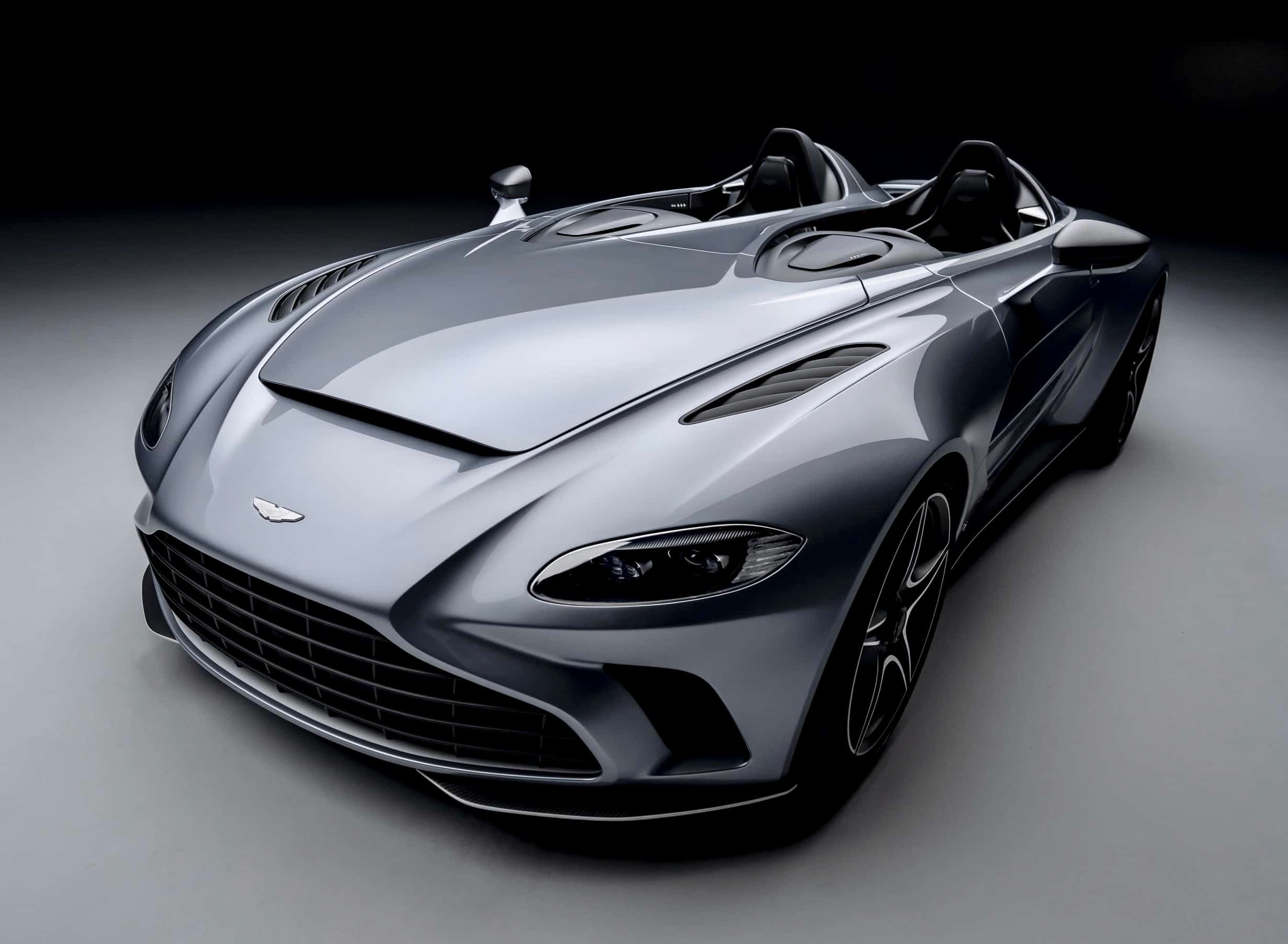
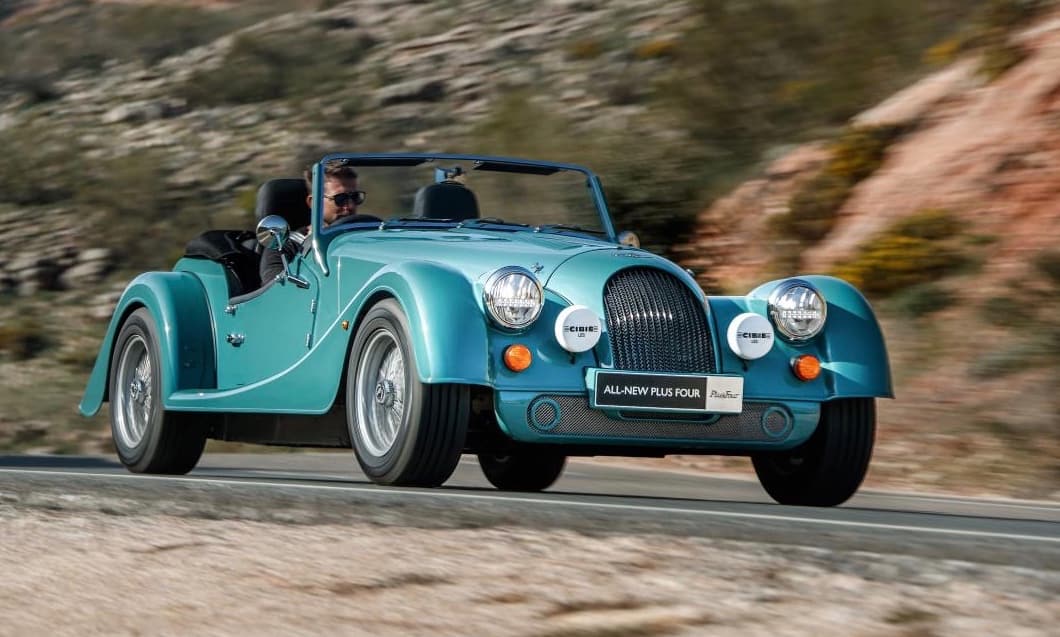
Morgan Plus Four 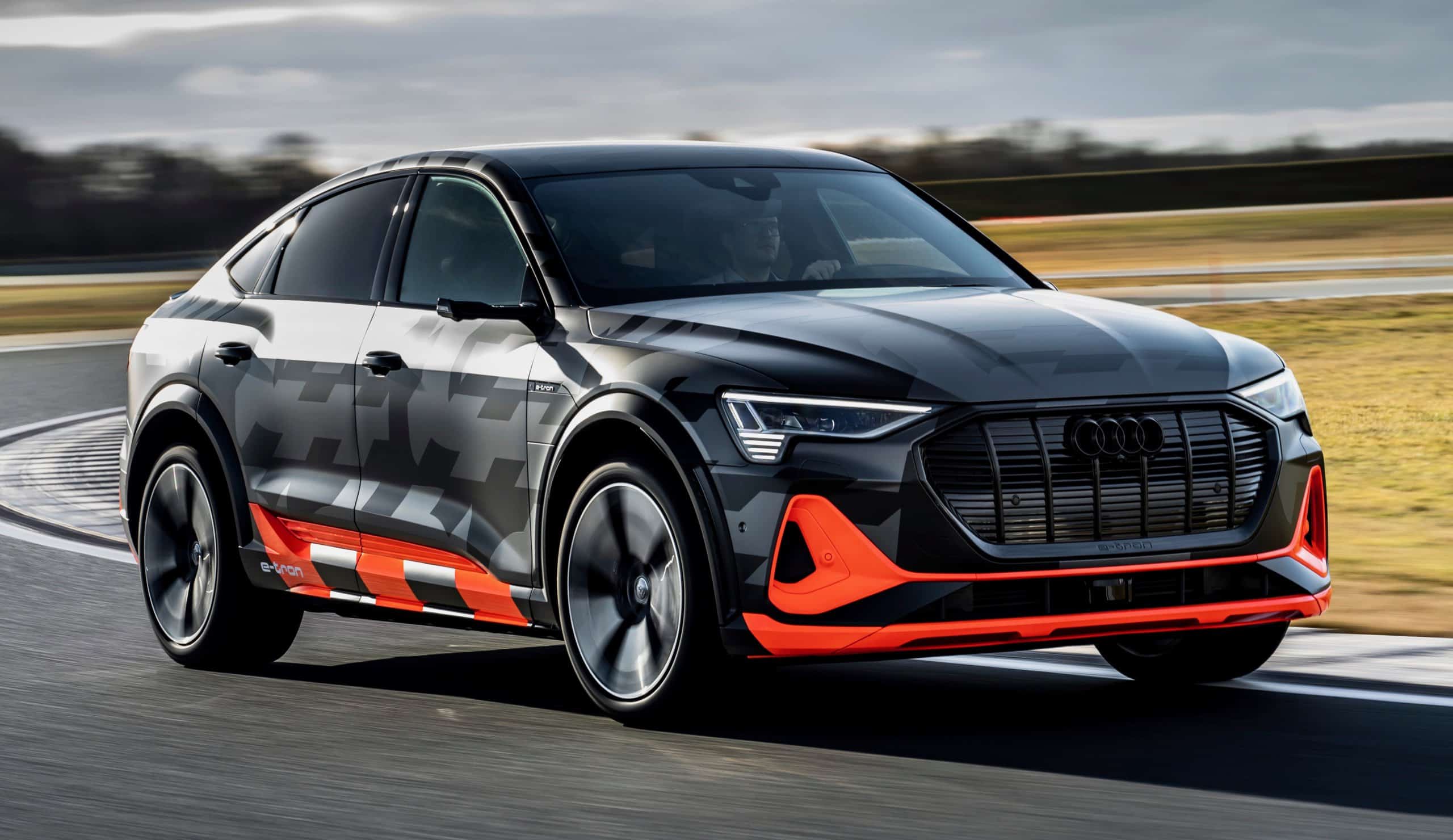
Audi e-tron S 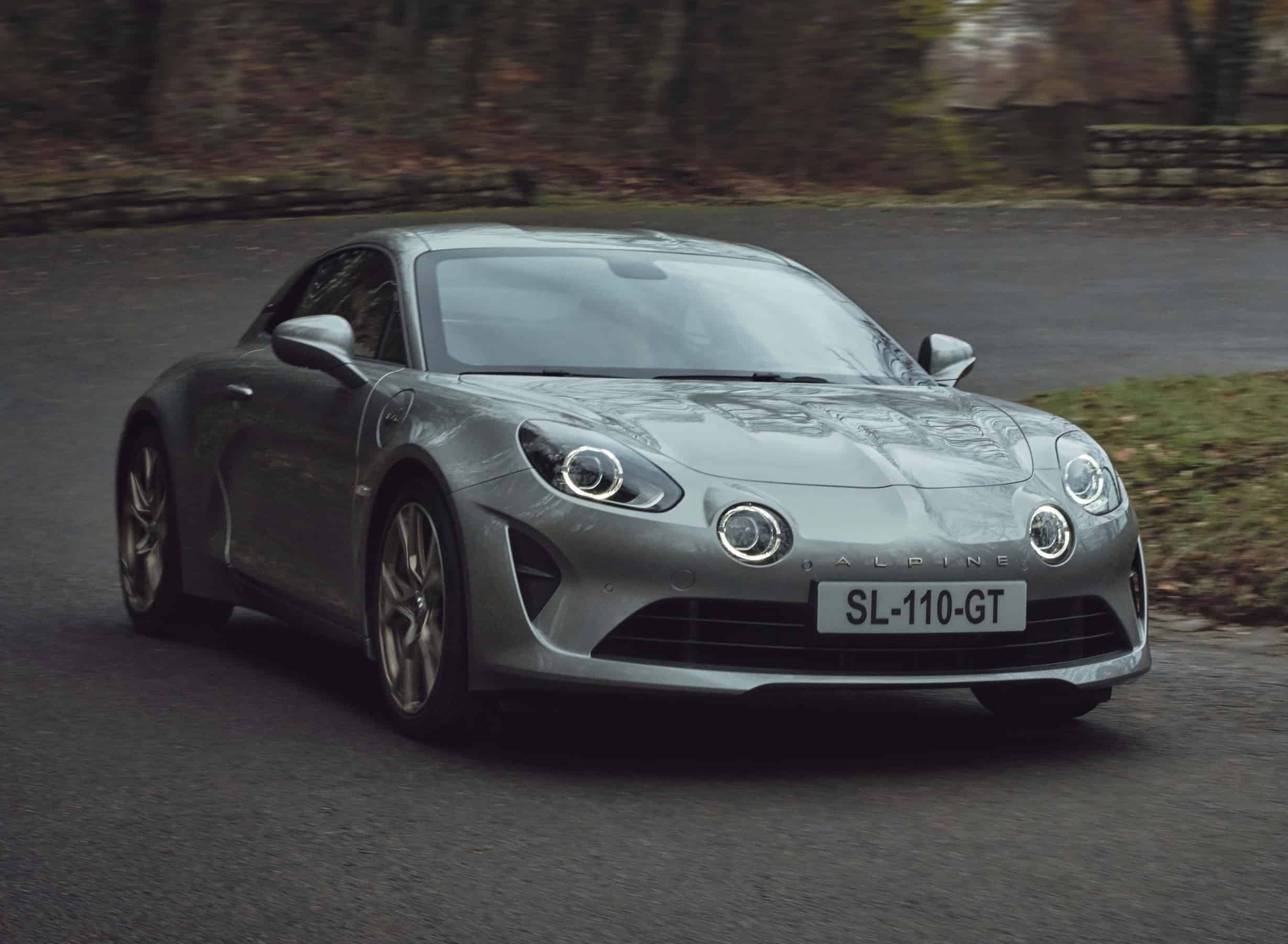
Alpine A110 SportsX
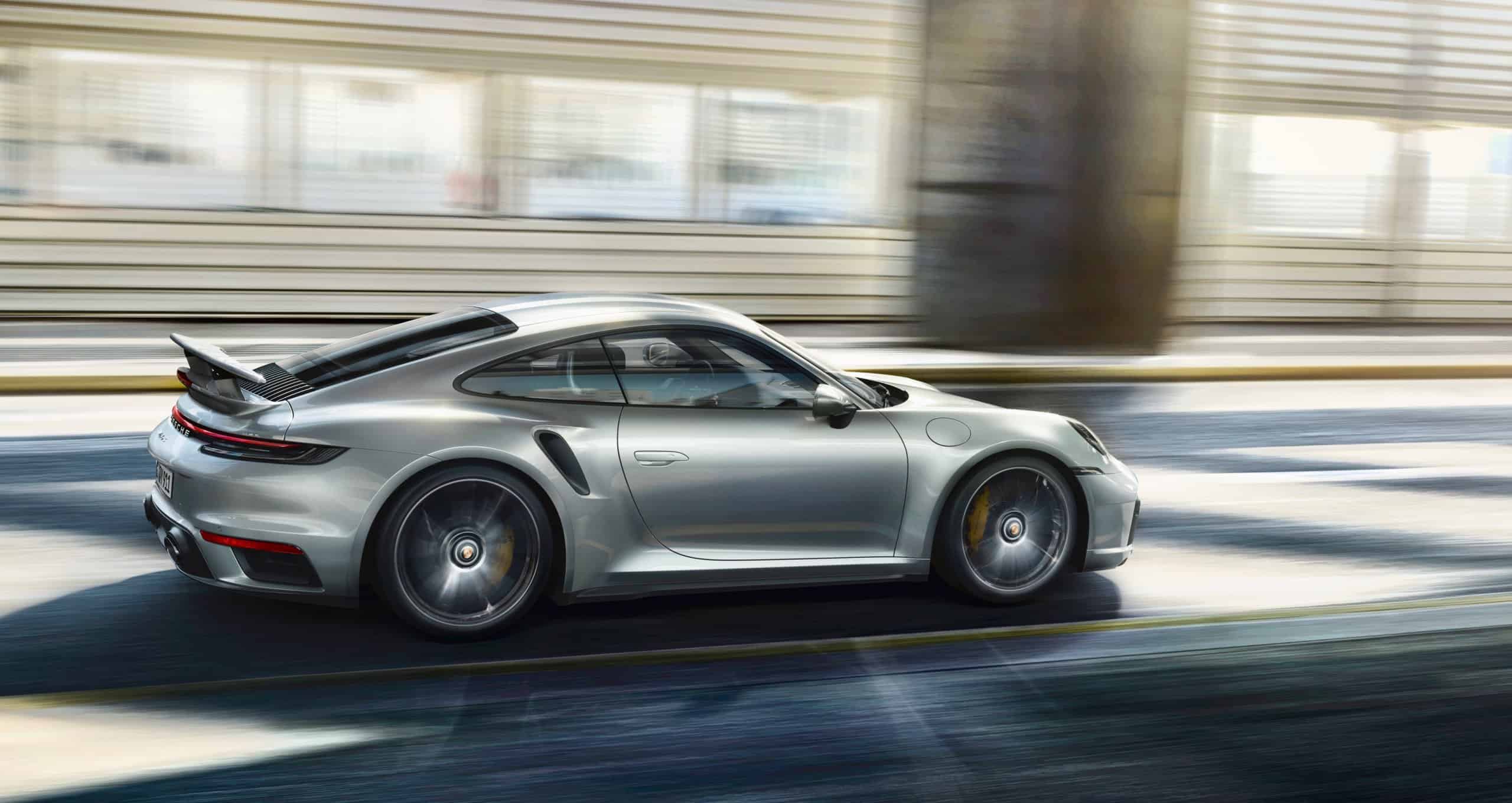


Pininfarina Battista Anniversario 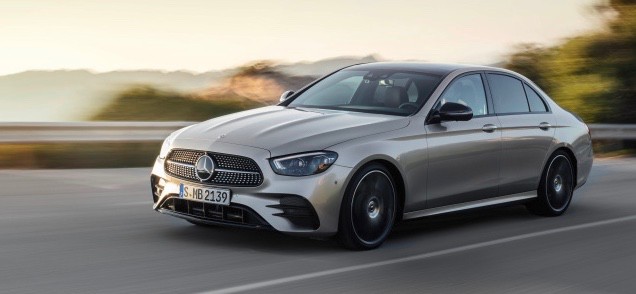
Mercedes-Benz E Class 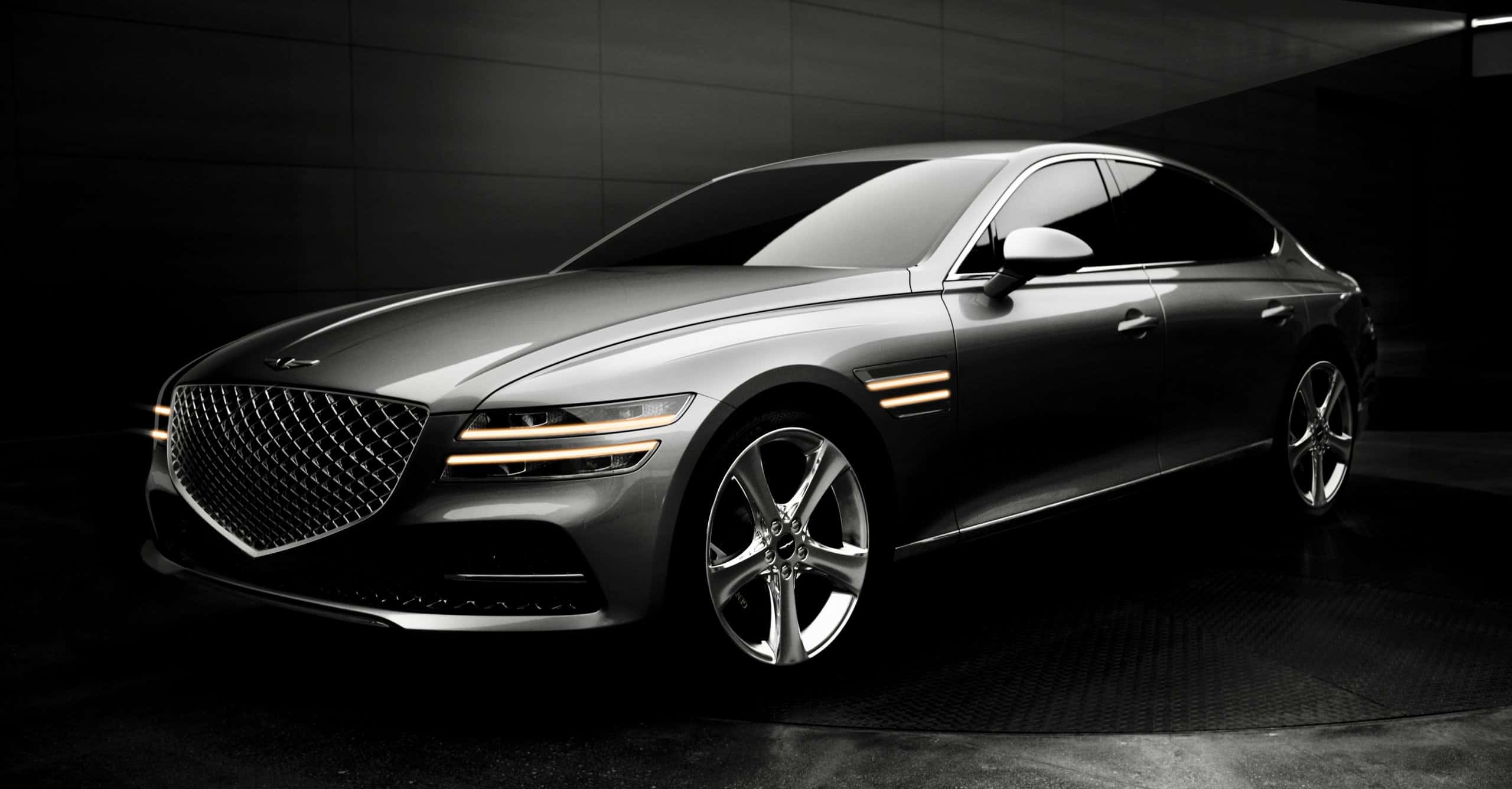
Hyundai Genesis G80

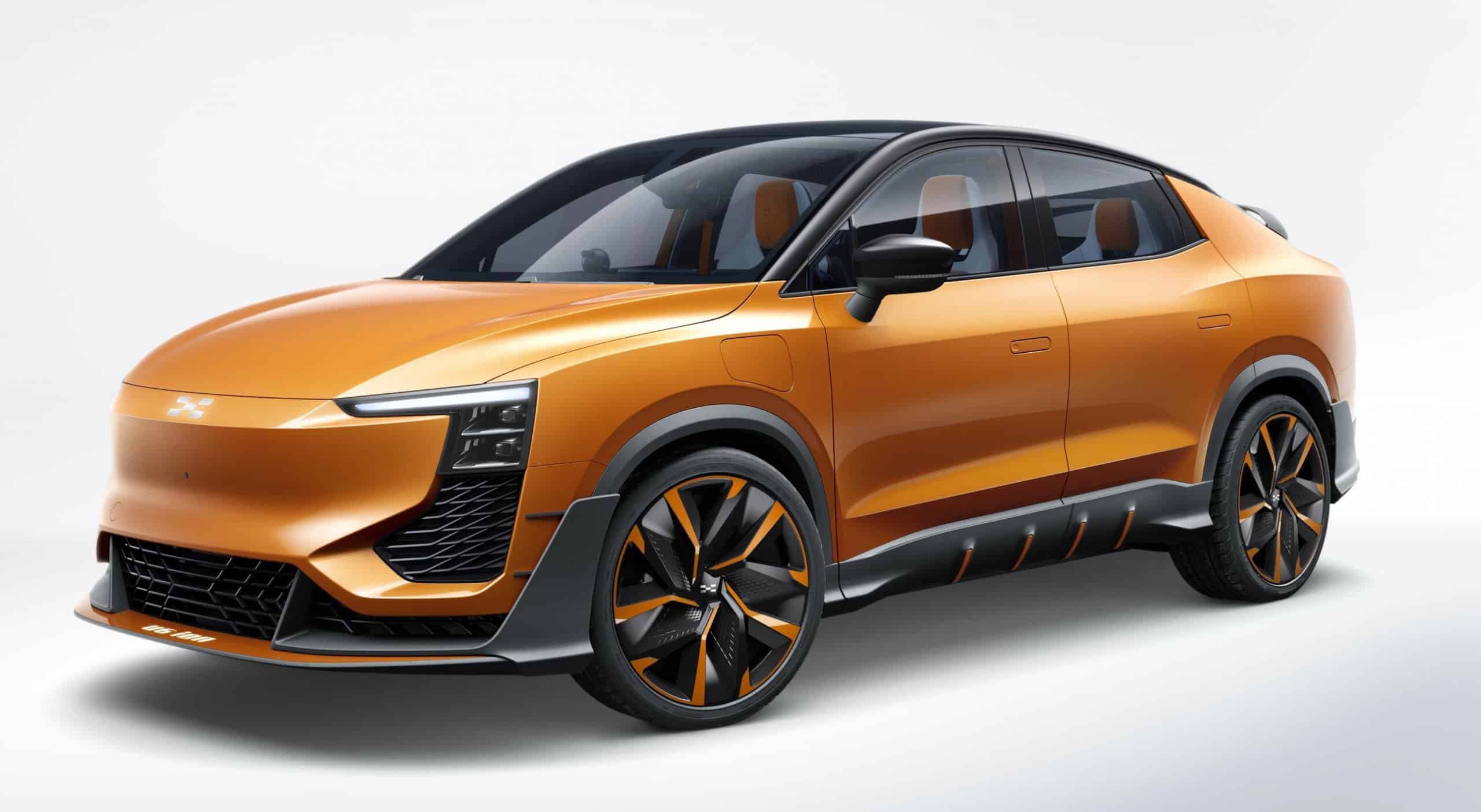
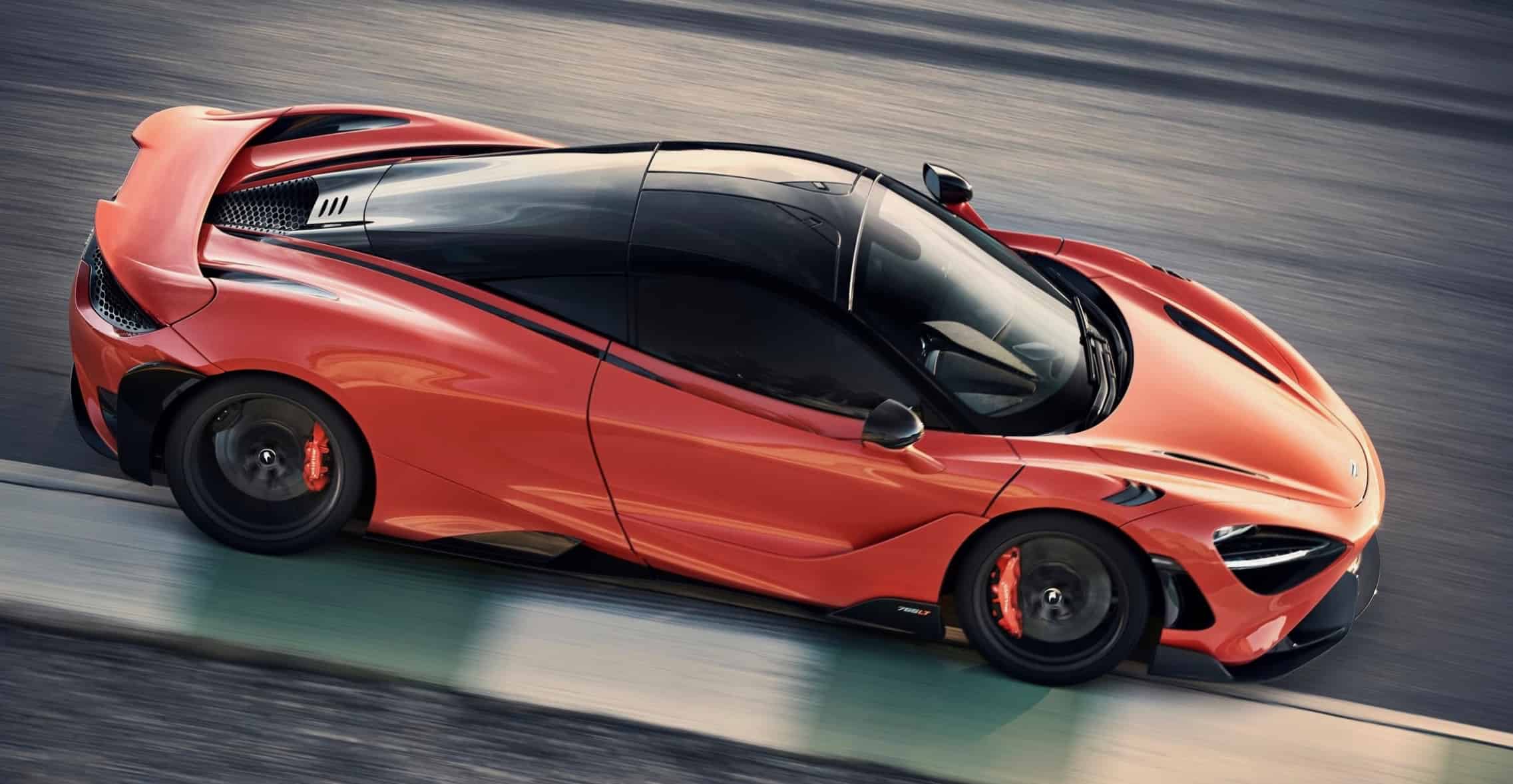
McLaren 765LT 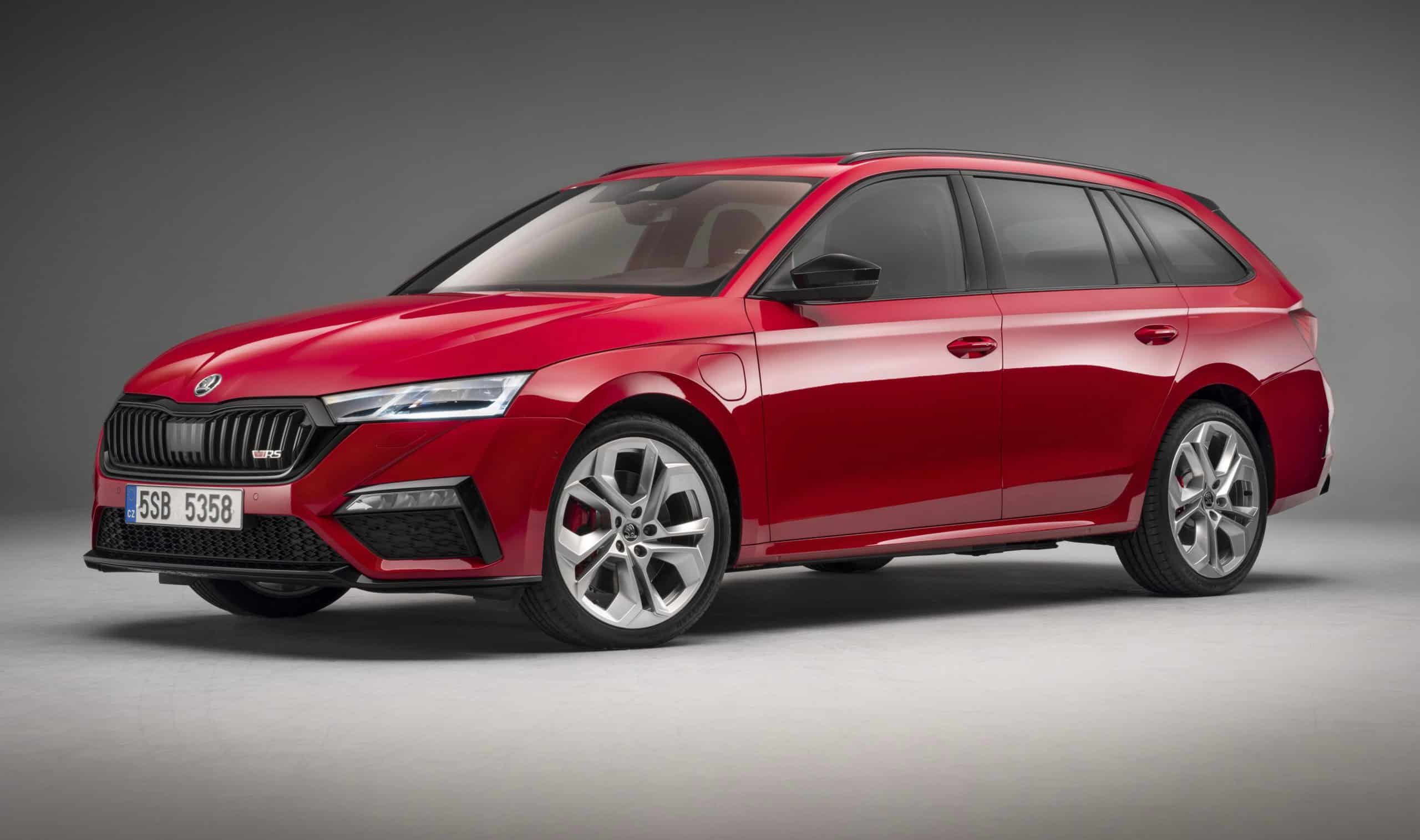
Skoda Octavia vRS iV 
Alfa Romeo Giulia GTA
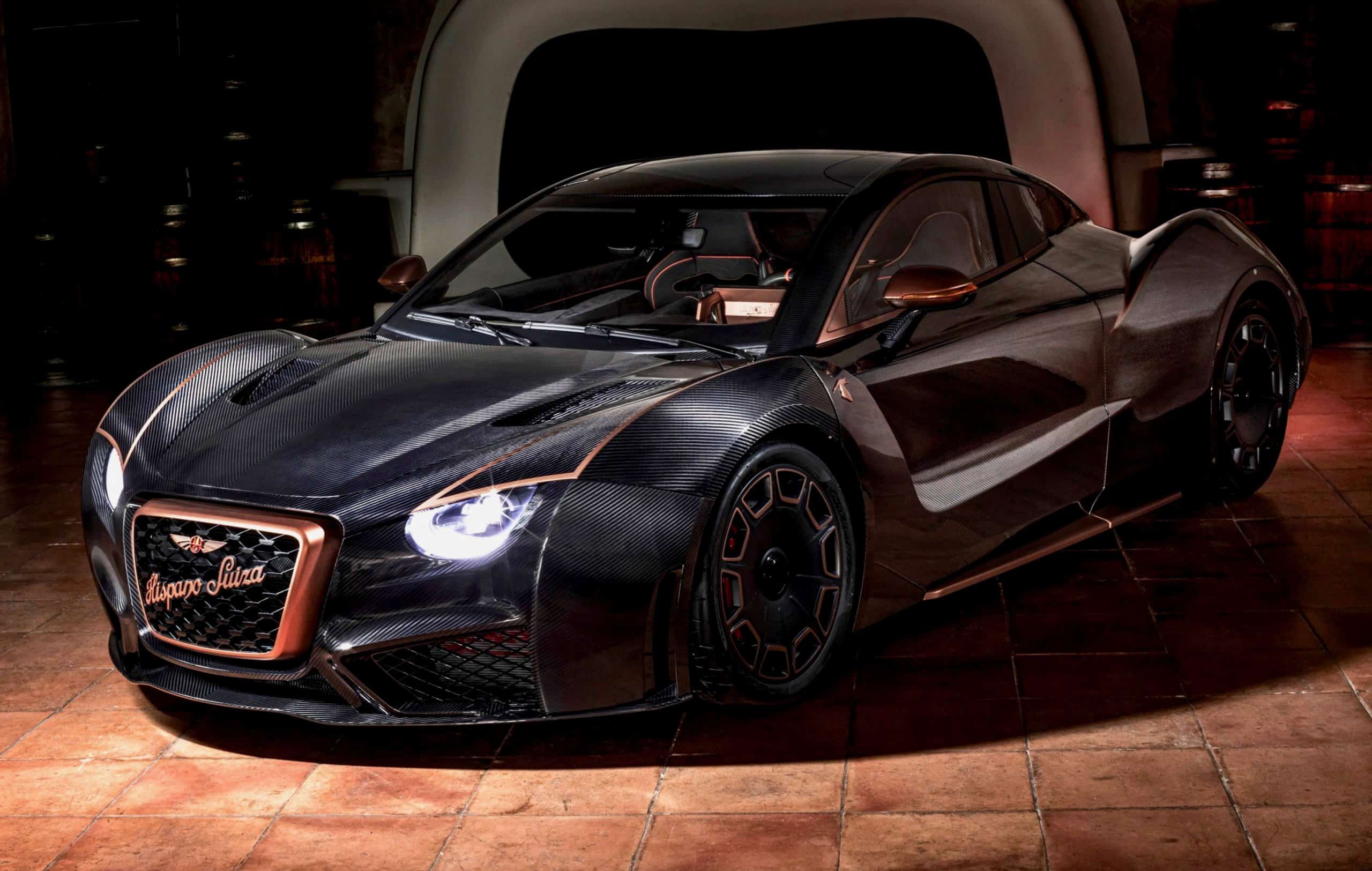
Ferrari doesn’t need auto shows, auto shows need Ferraris
As a boy, I can vividly remember attending the Chicago show with my dad, where I couldn’t get enough of it. It didn’t matter which brand. It didn’t matter who was there as a celebrity. I wanted it all. It was “car stuff.”
But I also have to admit one of the very best parts of the show each year was seeing importer and Luigi Chinetti compatriot John Baus with a brace of Ferraris he had brought to Chicago. It even got to the point where he’d recognize me and welcome me back, sometimes even letting me get behind the ropes where I could smell it, feel it and let my dreams for another year be fed. For many years, auto shows fed the dreams of many well, from both sides of the fence where dealers and consumers would gather.
But times have changed. In the early days, the appearance of a Ferrari or other exotics at the Chicago show were only made possible by the local dealers who’d bring a few cars and hopefully snag someone with a fat enough checkbook to warrant that same behind-the-ropes treatment. I was determined to get them to return to the show on a factory basis and would annually make a pilgrimage to New Jersey, where we’d pitch our case for their participation.
It was at one of those meetings where we were tactfully, yet sternly, advised that “Ferrari doesn’t need auto shows. Auto shows need Ferrari.”
As much as it hurt to hear, those words were pure truth. Exotics were not sold to 10-year-old kids who strolled by with a family who had wangled some tickets to the show from the local Chevy dealer. They were sold to a very specific, and very small cadre of customers.
I suppose in retrospect, that first face slap from the prancing horse execs on the East Coast was the first pebble in the pond that now affects the entire auto show business model — and why it’s in decline. Targeted marketing is a far more effective means of selling, whether it’s Ferraris or pet food. Or anything else.
Imagine in a modern marketing meeting at your favorite auto manufacturer where the Shows & Exhibits chief says, “We’re going to need $5 million to do our display in whatever city.” And what does that buy? “Well, we’re going to put our cars on the floor and as people trek through we can interest them and perhaps induce someone to get to a dealership within a month or so and buy a car.”
At that point, the digital marketing folks perk up and say, “But you know what? Give us that same $5 million and we’ll target via social media, direct email and other digital platforms the people we know already own our cars and we can induce to buy sooner, or those we can ID and market directly to who own other brands we’re competitive with and nail the conquest sale, and then tie them directly to our dealers with a link and online sales inducement. We can even then stage experiential events in specific cities and invite those folks to come drive our cars and not have the competition across the aisle also vying for their attention. We not only know what that customer wants, but how many kids he has and what his Doberman eats from a bowl.”
It’s those reasons why some of the high end brands — from BMW to Mercedes-Benz to Audi to 20 others who chose not to participate in the giant Frankfurt show this past fall — have altered how they view auto shows. The expanded utilization of both the internet and miles-deep data have made the previously effective media preview of an auto show a dinosaur.
Two weeks before the Chicago show a month ago, we were invited by Genesis to Miami for the unveiling of its terrific new GV80 SUV. Then, on the same week as the Chicago preview, media were invited to Los Angeles for the intro of their new Escalade. In the past, those two reveals would have been natural additions to the Chicago media preview schedule. Now, however, the brands brought the specific media each thought would benefit it most to an admittedly nicer climate, and then maintained exposure and “the pitch” for 24 hours, not 20 minutes. They made sure all the right execs were on hand and very available, as well.
Those events were very telling in terms of how the tide was shifting. By not doing a news event at a show, they were also able to not have the added expenditure of building a news conference setup at the show, and then having to pay significant sums to convert it into its public days configuration. Some of those changes at major shows can total several million dollars. And as explained before, dollars that could otherwise—and more effectively—been utilized in more targeted direct means.
The cancellation of Geneva is another brick in the wall
I would offer that even the most ardent of OEMs who still strongly believe in the auto show model will have no option but to re-evaluate their strategy.
For one thing, there’s the moving of the North American International Auto Show (aka The Detroit show) from its traditional January dates to a June event where the organizers are addressing the sea change. Now, they will incorporate far more interactive, experiential displays both inside the renamed TCF Center, formerly known as Cobo Hall, to exhibits both inside and outside the building. They’re also incorporating a number of public events and concerts, all designed to bring customers in touch with the wares being offered by that city’s primary industry.
The moving of the show in Detroit is accomplished far easier than other cities would encounter, however, as demands on the building are far more flexible there than they would be in other convention-centric metro areas. After a 70-year run, the German national show, previously held in Frankfurt, will be staged in Munich.
Will auto shows continue? I hope so, and believe me, it gives me no pleasure to see the state of shows where they are.
But just as the model changed post WWII, the model is again changing. But without question, the ability to stage a product introduction anywhere, any time, and to very specific, targeted audiences has changed forever.
Factory support for larger scale shows such as Detroit, LA, NY, Chicago, etc will dwindle and more cars-on-carpet shows for consumers will remain for the time being, but organizers will need to respond to the changes as Detroit has.
Will the Detroit gamble work? Let’s talk about that again in June.



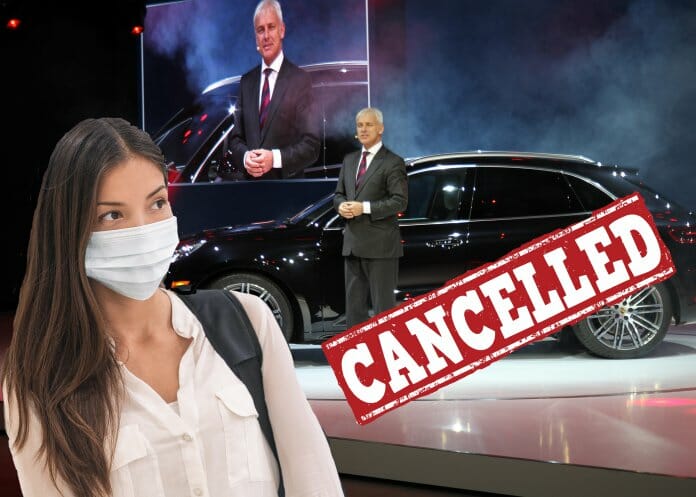


Any thought on the NYIAS Being cancelled or postponed?
Well part of the problem is the cars they SUCK… I for one do not need my car to do any tricks I want it to start and not rust away in three years, I don’t need it to tell me anything or drive by it’s self. I don’t need it to run on coal I want to put gas or diesel in it.